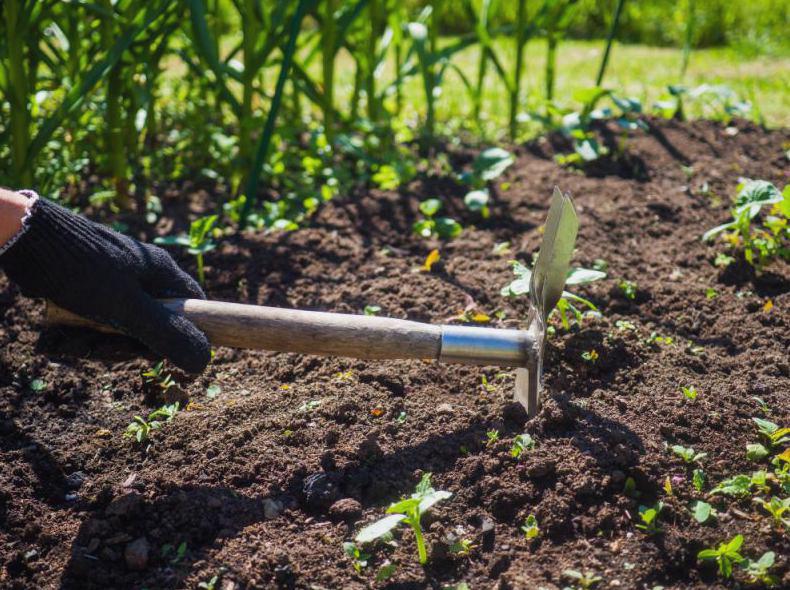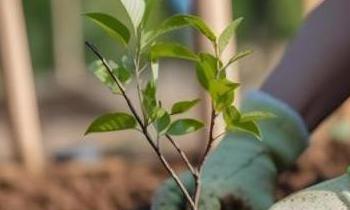
Planting a tree is a commendable act that contributes to a healthier environment and a greener future. However, it's essential to provide proper care after planting to ensure the tree thrives and grows to its full potential. In this comprehensive guide, we'll explore the necessary steps and techniques for caring for newly planted trees. From watering and mulching to pruning and monitoring, we'll cover everything you need to know to support your tree's growth and longevity. Let's dive in and discover the secrets to successful tree care!
Watering is a vital aspect of caring for a newly planted tree. During the initial stages, it's crucial to establish a deep root system, which requires consistent and appropriate watering. To ensure adequate moisture, water the tree deeply once or twice a week, allowing the water to penetrate the soil deeply. Be cautious not to overwater, as excessive moisture can lead to root rot and other issues. By monitoring soil moisture levels and adjusting your watering schedule accordingly, you'll provide your tree with the optimal conditions for healthy growth.
Mulching is an effective technique that aids in moisture retention, weed suppression, and overall tree health. Apply a layer of organic mulch around the base of the tree, extending it outwards but avoiding direct contact with the trunk. This protective layer will help regulate soil temperature, reduce water evaporation, and prevent weed competition. Remember to replenish the mulch periodically to maintain a depth of 2-4 inches. By employing proper mulching practices, you'll create an environment that promotes healthy root development and minimizes stress on the tree.
Pruning is an essential practice that contributes to the structural integrity, shape, and overall health of a tree. After planting, remove any broken or damaged branches and any crossing or rubbing branches that may impede healthy growth. Additionally, prune the tree to establish a central leader and promote a well-balanced canopy. However, avoid excessive pruning, as it can weaken the tree. Regularly inspect your tree for any pruning needs and consult an arborist if you're unsure about proper pruning techniques. With appropriate pruning, you'll help your tree develop a strong and aesthetically pleasing form.
Keeping a close eye on your tree's health is crucial to identify and address any potential pest or disease issues. Look for signs such as discolored leaves, wilting, or the presence of pests. Should you notice any abnormalities, consult a professional arborist who can accurately diagnose the problem and recommend suitable treatment options. Remember, early intervention is key to preventing the spread of diseases and ensuring the long-term vitality of your tree. By being vigilant and taking prompt action, you'll protect your tree from potential threats.
Environmental stressors, such as extreme weather conditions and human activities, can adversely affect the health of your newly planted tree. To mitigate these risks, consider using tree shelters or protective barriers to shield the tree from strong winds, direct sunlight, or accidental damage. Implementing proper staking techniques can also provide stability and prevent trunk damage. Additionally, avoid using herbicides or applying excessive fertilizers near the tree, as they can harm its root system. By taking proactive measures to safeguard your tree from external stressors, you'll ensure its resilience and longevity.
Caring for a newly planted tree requires attention, but the rewards are well worth the effort. By following these essential care guidelines, you'll provide your tree with the best chance of thriving and contributing to a healthier ecosystem. Remember to water deeply, mulch effectively, prune strategically, monitor for pests and diseases, and protect your tree from environmental stressors. With your dedicated care and nurturing, your tree will flourish, offering shade, beauty, and countless environmental benefits for generations to come. Let's work together to create a greener, more sustainable future!

Deforestation, a pressing global issue, refers to the permanent removal of trees and vegetation from forests.
01-04-2023

In our ever-evolving world, the importance of ecological balance cannot be overstated. As we strive to combat
28-02-2023

In an era dominated by climate change and environmental concerns, planting trees emerges as a powerful solutio
28-02-2023

The sight of lush green trees thriving and providing a refreshing atmosphere is truly a marvel to behold. Howe
21-02-2023

In a world where the green canopy of nature is often overshadowed by concrete, planting trees and shrubs becom
20-02-2023

Are you ready to embark on a gardening adventure and bring life to your surroundings? The key to successful pl
19-12-2022